Table of Contents
Basic Features of Dark-tone Backlighting
Compared with high-profile photos, the emotional color is more melancholic and heavy, and it can focus the viewer’s attention on the characters and emotions on the screen. In the autumn and winter dark-tone fashion film, the dark tones account for most of the picture, and the characters are in the bright area of the whole picture. This kind of expression is easy to highlight the characters in the picture.
Generally, when shooting, side backlight or backlight will be used as hairstyle or contour light. Separate the character from the background by highlighting the outline and hair of the character, making the spatial hierarchy effect stronger. Especially when shooting with a single lamp, the effect of side backlighting or forward backlighting is more obvious, which can prevent characters from blending into the background and weakening the sense of space of the picture. When the side backlight is used, it is mostly a hard light source, such as a honeycomb lamp, which can well control the range of light exposure.
Use Light and Fill Light
When shooting dark-tone backlight photos, try to use side light or side backlight as much as possible to create shadows, plus glow or contour light, so that the light casts a large area of shadow between the model and the camera. At the same time, the background is suppressed to create a low-key picture atmosphere, which can not only form a strong dark tone effect, but also show a moderate spatial level.
Metering
Whether shooting indoors with a flash or outdoors under natural light, considering the strong contrast between people and the background or backlight, it is recommended to use the spot metering mode when metering. Or use a light meter to measure the light and dark parts of the person separately to determine a more accurate exposure and light ratio.
However, the light meter gives only reference values, we still have to make appropriate adjustments based on actual needs, such as the light intensity, the distance between the light and the character, the distance between the character and the background, the intensity and distance of the fill light, etc.
Create a Dark Atmosphere in the Shed
Common light types and methods
- Hard light
Silver reflector fill light
This kind of light is very suitable for all kinds of clothing products. When the silver reflector is used to fill the light, the reflected light is harder, which can well express the leather fabric material, giving people a hard feeling, and the light ratio can be controlled at 1:3.
TIPS: As the silver reflector is used, the reflection index is strong. The reflector should not be too close to the model to avoid damage to the backlight.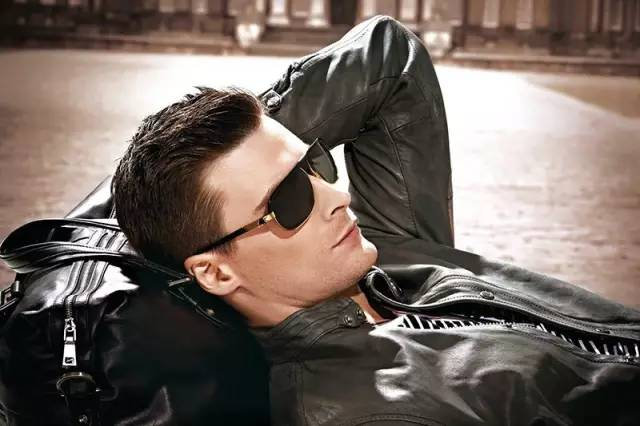
Aperture: f/5.6, speed: 1/160s, ISO: 100, focal length: 60 mm
- Soft fill light
Top side backlight
In many scenes, because there is no transparent space behind, if you give a beam of backlight directly, the picture will appear blunt. So at this time, you can use the light with a standard cover to brighten the wall behind the character, and use the bounced light to render the character to form a top contour light. The light ratio is controlled at 1:5.
TIPS: The front only needs to be filled with light evenly.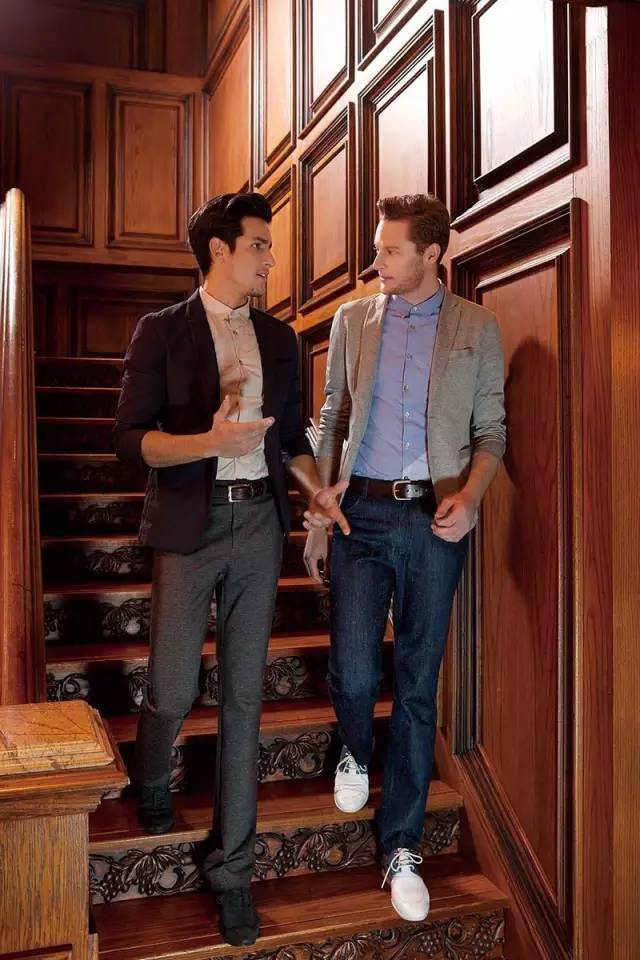
Aperture: f/8, speed: 1/160s, ISO: 100, focal length: 45 mm
- Backlight
Leather clothing is very suitable to use side light or side backlight to express luster and texture. Note that the light ratio is controlled at 1:4.
TIPS: The bottom of the leather jacket can be filled with light properly, but it can’t destroy the light effect of the character’s face.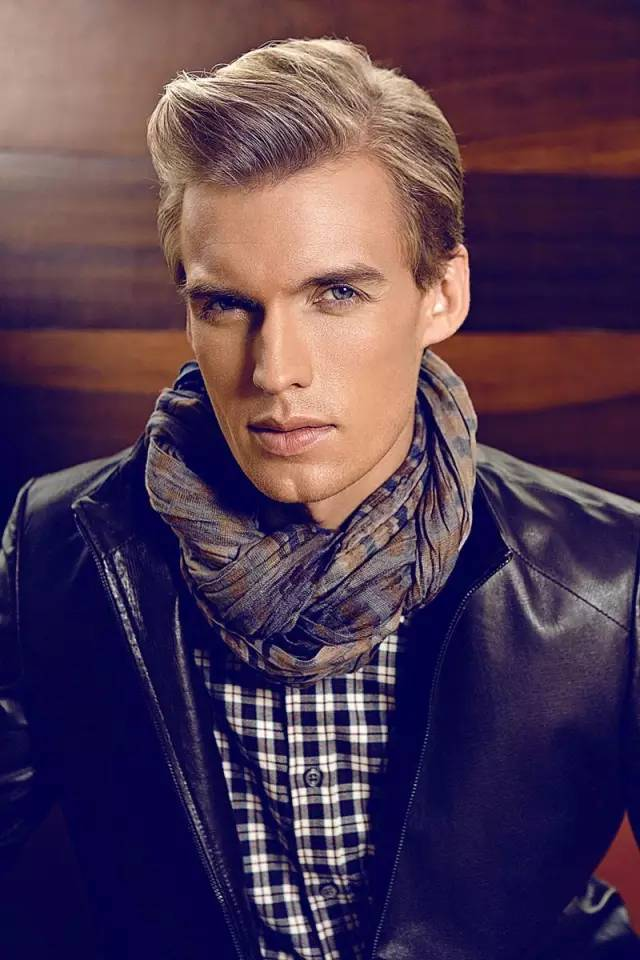
Aperture: f/5, speed: 1/125s, ISO: 100, focal length: 85 mm
- Backlight fill light
When we use backlighting as the main light, remember to use reflectors on the front to increase the three-dimensionality and quality of the characters and clothing. The time ratio is controlled at 1:7.
TIPS: When the model has light hair color, the effect is particularly obvious. The front side uses a white reflector to supplement the eye light and dark details.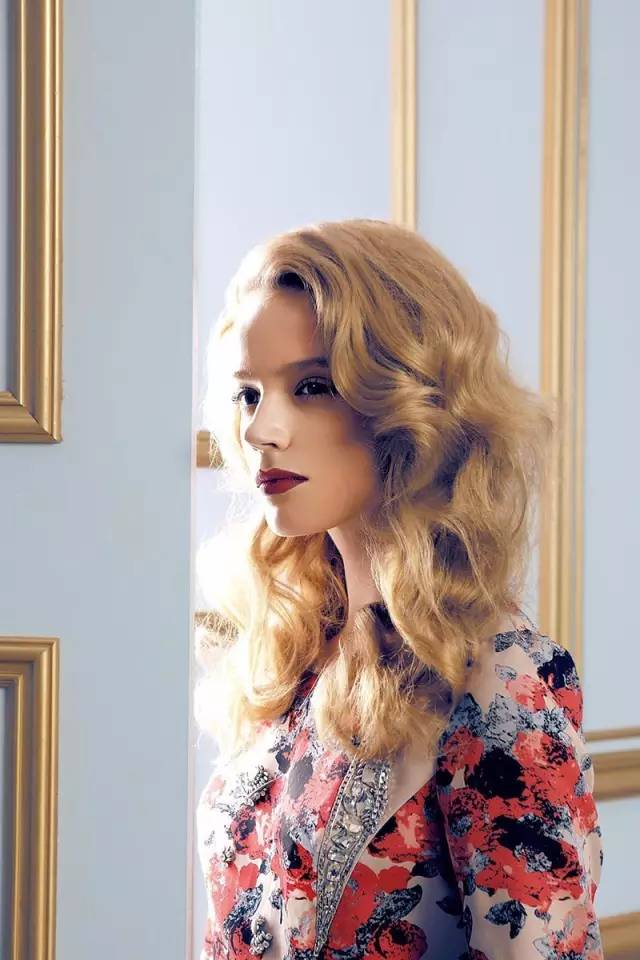
Aperture: f/5.6, speed: 1/125s, ISO: 100, focal length: 85 mm
- Side backlight
This kind of light is suitable for all kinds of clothing, but due to the large shooting range, it is recommended to use a soft box, so that the light exposure range can be expanded, and the light hardness is more suitable. The light ratio is controlled at 1:6.
TIPS: Due to the large picture contrast and the large shooting scene, the model’s face and body are prone to uneven light. If you want to achieve uniform light, you must control the light more finely.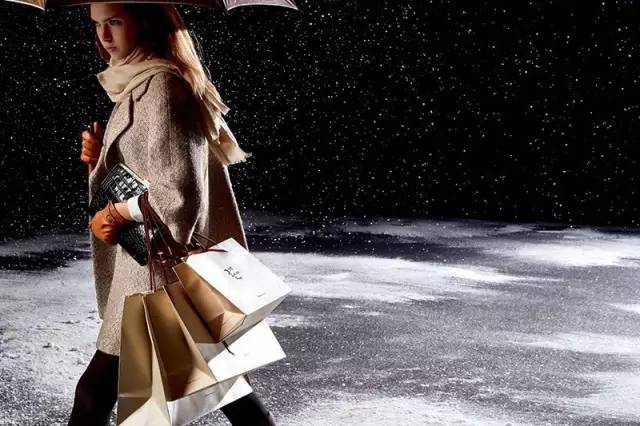
Aperture: f/8, speed: 1/160s, ISO: 100, focal length: 50 mm
- Plywood light and backlight
This kind of light is more suitable for men and hard-wearing clothing types. Since the main light comes from the left and right sides and the rear of the model, the contrast of the picture is very large. When using this kind of lighting, it is difficult to express the emotions of the characters if the model’s eyes are not obvious. At this time, remember to use a large soft box on the front to supplement the eye light and highlight emotions. The light ratio is controlled at 1:6.
TIPS: When supplementing the catch light with the front softbox, it must not destroy the overall dark tone effect of the photo.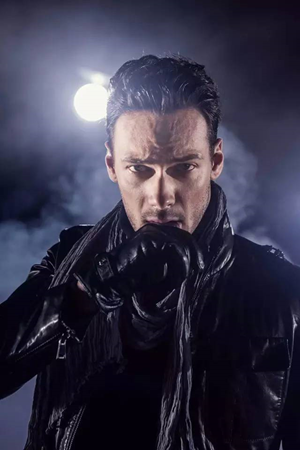
Aperture: f/8, speed: 1/160s, ISO: 100, focal length: 85 mm
The photography technique is often a layer of window paper, which breaks after a poke, but we still don’t have to hide our privacy. Working hard with you is very tiring, but we work hard to have the confidence to stay with the cause that we love most.
